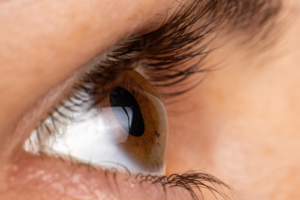
A groundbreaking clinical trial has yielded positive results for patients with severe chemical burns to the cornea, offering new hope for those suffering from untreatable vision loss and pain. The innovative stem cell treatment, known as cultivated autologous limbal epithelial cell transplantation (CALEC), has been deemed safe and feasible in a phase I trial conducted by researchers at Mass Eye and Ear, a member of Mass General Brigham.
The study, published in Science Advances on August 18, 2023, followed four patients who were treated with CALEC and monitored for 12 months. Encouragingly, all patients experienced restored cornea surfaces, with two patients able to undergo a corneal transplant and two reporting significant improvements in vision without additional treatment.
While the primary objective of the phase I trial was to assess safety and feasibility, the early findings have left researchers optimistic about the potential of CALEC to revolutionize corneal repair. “Our early results suggest that CALEC might offer hope to patients who had been left with untreatable vision loss and pain associated with major cornea injuries,” said Dr. Ula Jurkunas, principal investigator and lead study author.

The significance of this breakthrough cannot be overstated. Cornea specialists have long been limited in their ability to treat patients with severe chemical burns and injuries, as traditional corneal transplants are often not viable in such cases. CALEC offers a promising solution to this pressing issue, with the potential to fill a crucial treatment gap.
As the study’s lead author and associate director of the Cornea Service at Mass Eye and Ear, Dr. Jurkunas emphasizes the importance of further study to fully explore the potential of CALEC. “We are hopeful that with continued research, CALEC can one day provide a safe and effective solution for patients struggling with corneal damage.”
With this exciting development, the future of corneal repair looks brighter than ever. As researchers continue to push the boundaries of stem cell therapy, patients worldwide can take heart in the prospect of restored vision and improved quality of life.